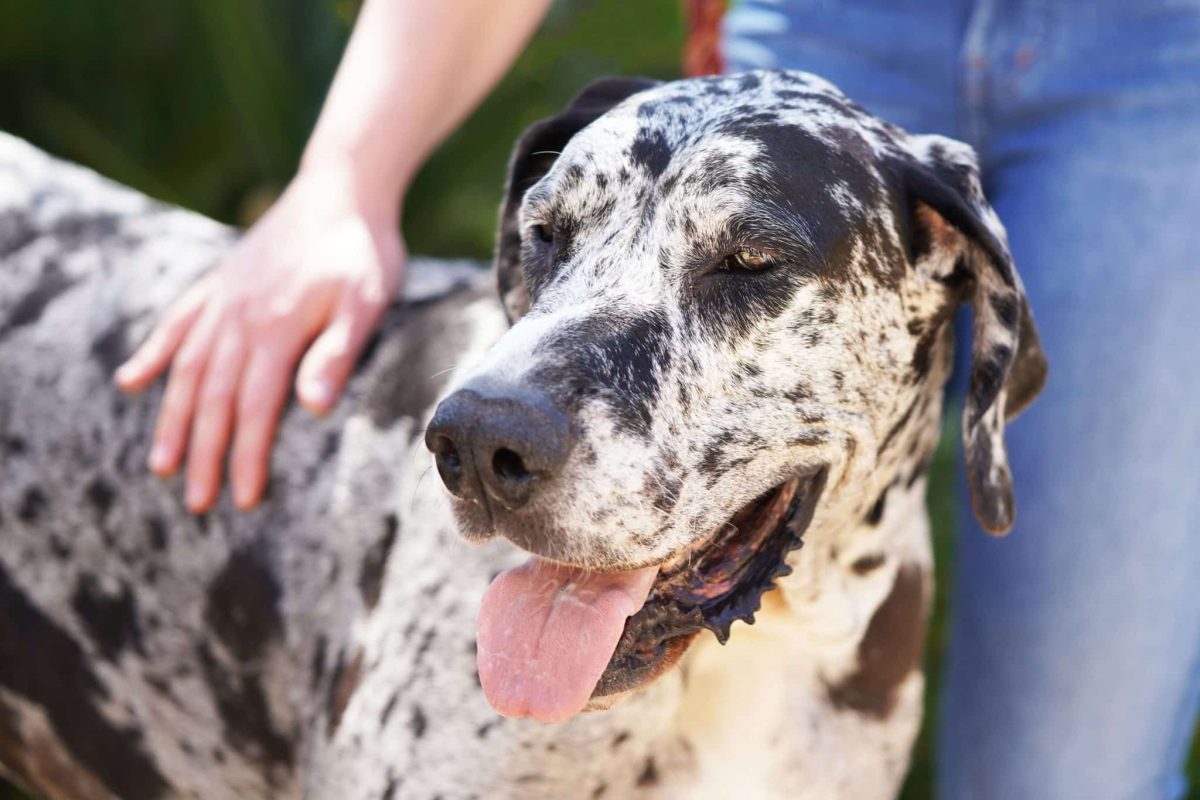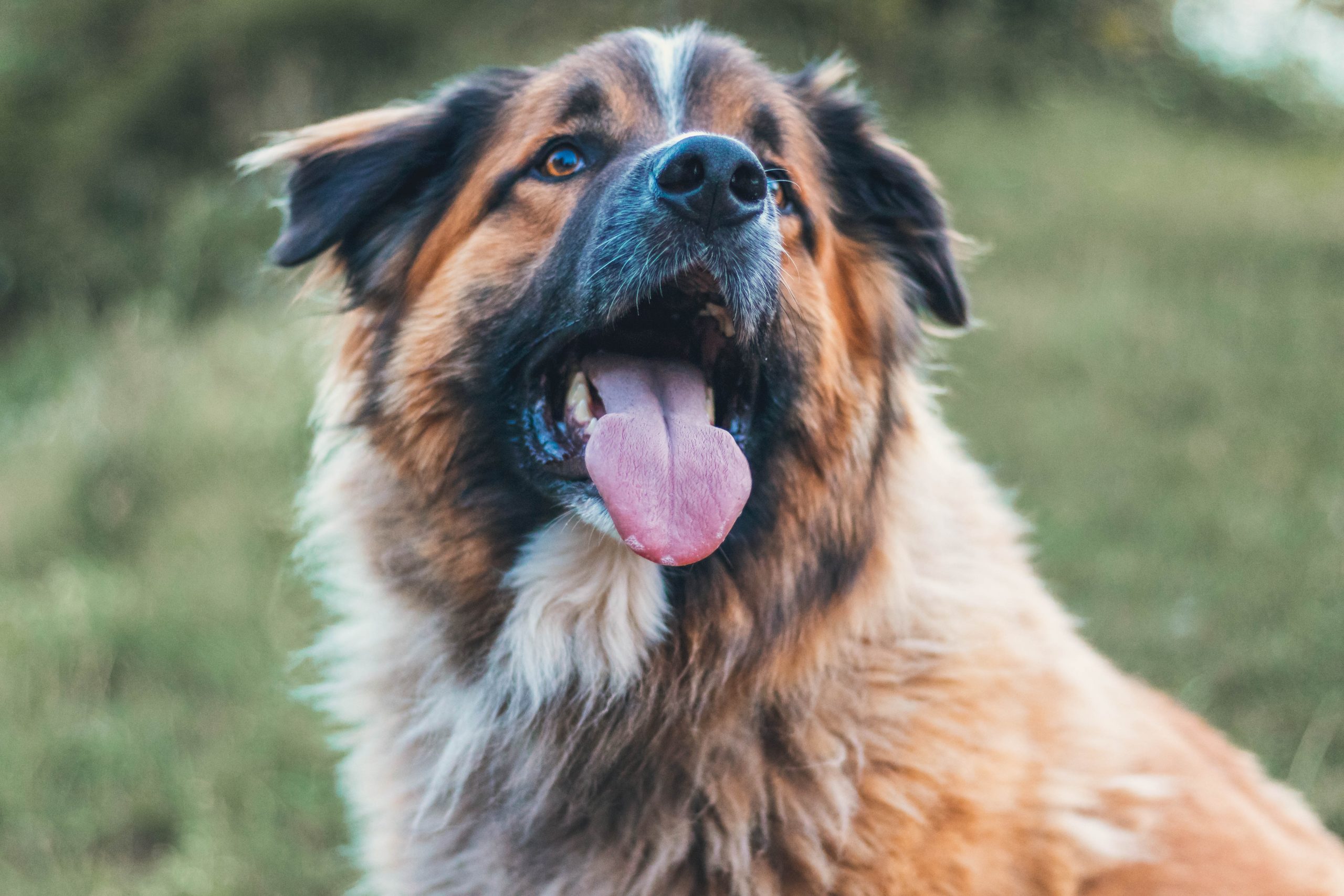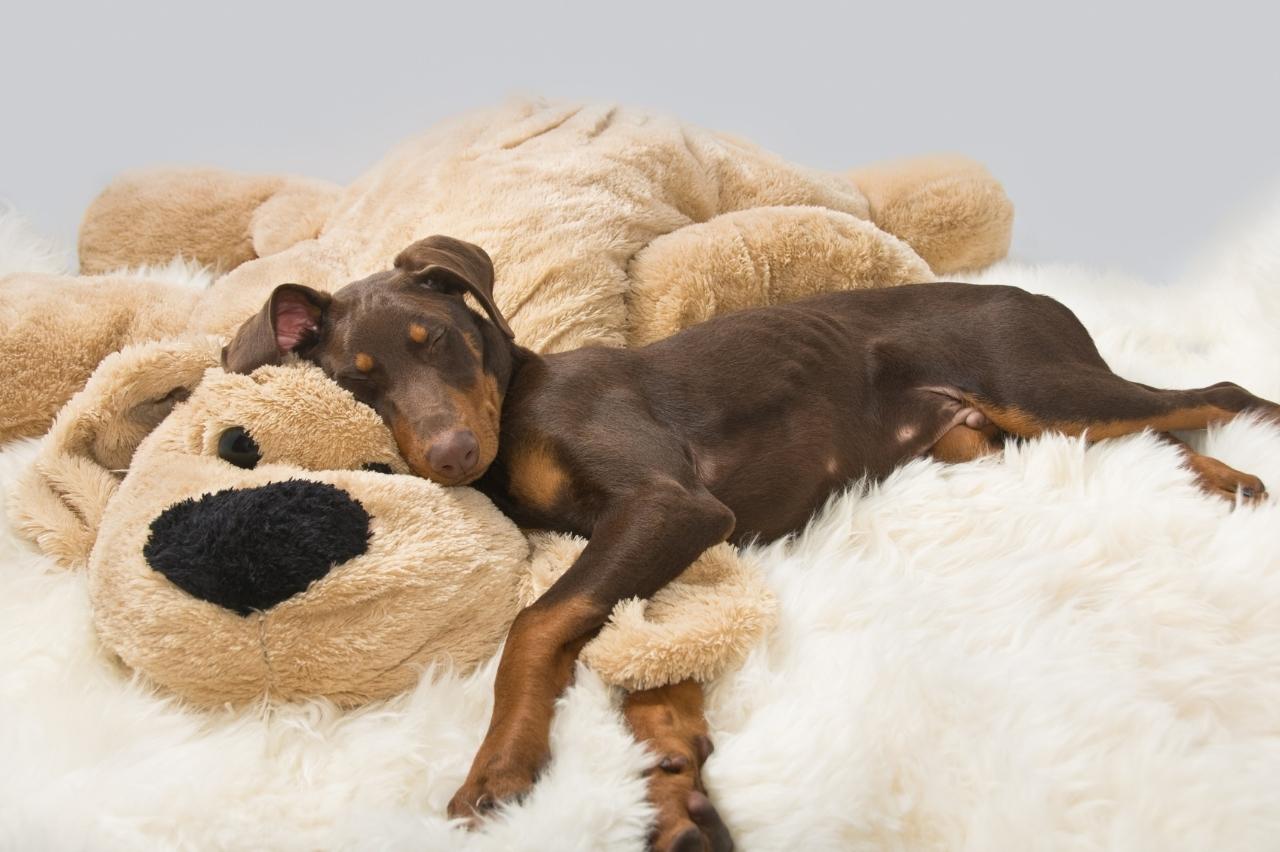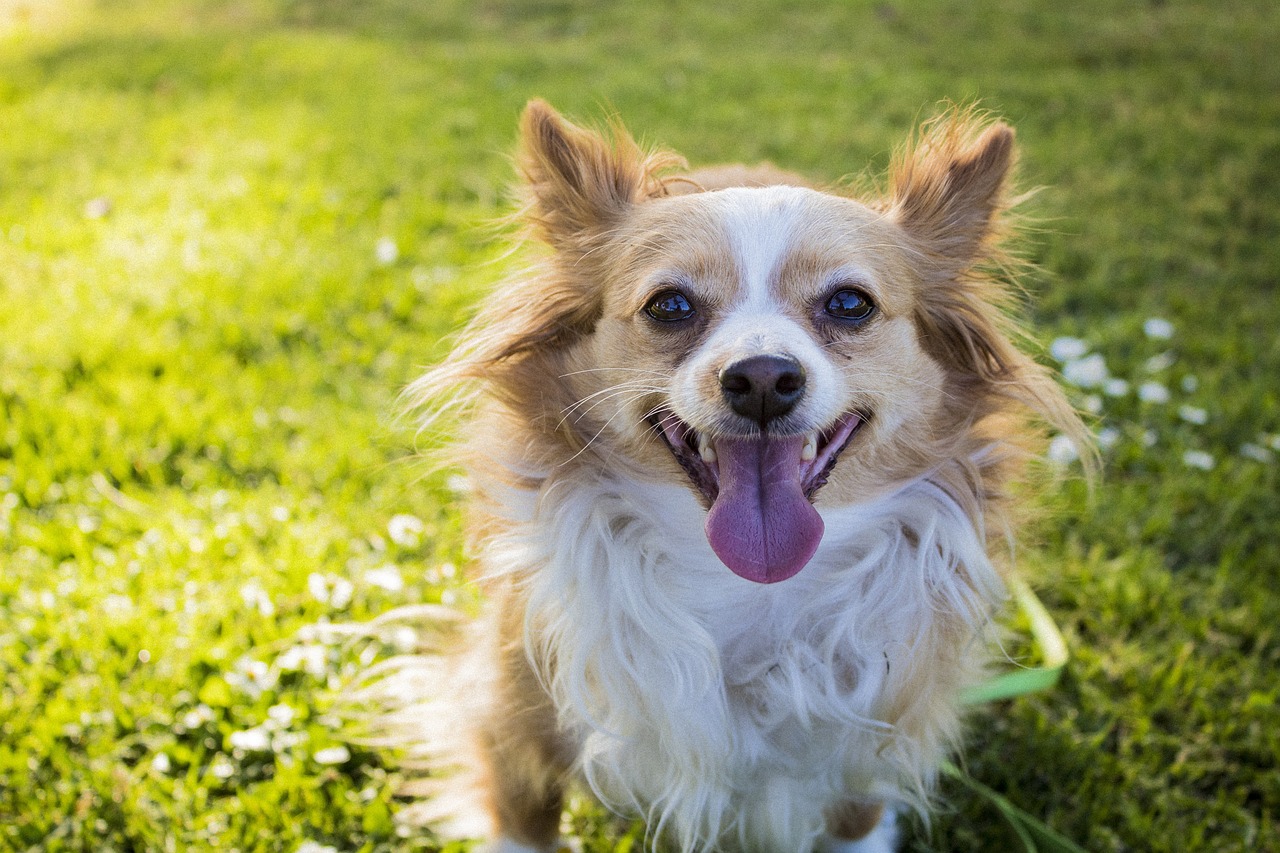 Shutterstock
Shutterstock
Just like humans, dogs deal with stress, anxiety, and emotional meltdowns over things like thunder, vacuum cleaners, or being left alone too long. But without meditation apps or chamomile tea, they turn to instinctive behaviors to self-soothe. From licking their paws to hiding in cozy corners, these actions can be subtle, silly, or heart-meltingly cute. Recognizing these calming tactics not only helps you understand your pup better but also gives you the chance to support them when life gets a little too ruff.
Licking Their Paws
 Shutterstock
Shutterstock
When a dog starts licking its paws—especially when there’s no apparent injury—it’s often a way to self-soothe. The repetitive motion and sensation can have a calming effect, much like how people might twirl their hair or tap their fingers. It’s usually a sign they’re trying to manage anxiety or settle down. However, if the licking becomes obsessive, it might be time to check for allergies or consult your vet.
Circling Before Lying Down
 Shutterstock
Shutterstock
Before flopping down, many dogs do a little pre-nap dance—circling, turning, and adjusting. While this behavior is instinctual and harks back to their wild ancestors creating a comfy sleeping spot, it also serves as a way to wind down. The act of circling helps them feel safe and grounded, like arranging their own Zen zone. Once the choreography is complete, they settle into a relaxed state and finally rest.
Finding a Hideout
 Shutterstock
Shutterstock
Dogs often retreat to cozy, enclosed spaces when they feel overwhelmed, like under beds, behind couches, or inside crates. These hideouts offer a sense of security and help reduce sensory input when the world feels like too much. It’s their way of saying, “Please hold my calls, I need a moment.” Providing a designated quiet space can help your dog relax faster and feel more in control of their environment. Think of it as a canine version of a weighted blanket fort.
Yawning
 Shutterstock
Shutterstock
While yawning often signals tiredness, dogs also yawn to release stress and tension. You might see this during vet visits, loud events, or even just when they’re unsure about something. It’s their way of hitting a mental reset button. Multiple yawns in a row usually mean they’re trying hard to keep calm and carry on. No, they’re not bored with you—they’re just navigating life one yawn at a time.
Self-Grooming
 Shutterstock
Shutterstock
Beyond paw licking, dogs might groom other parts of their body to cope with stress. Gentle licking, nibbling, or even scratching can serve as a calming ritual. This behavior is especially common after moments of excitement or tension. It helps regulate their mood and gives them a task to focus on. Grooming = doggy mindfulness.
Sniffing the Ground
 Shutterstock
Shutterstock
Sniffing isn’t just about exploring—sometimes, dogs use it to reset their emotions. You’ll often see them sniffing intensely when nervous or overstimulated, especially in new environments. The act of sniffing engages their brain, distracts them from stressors, and offers a sense of familiarity. It’s like scrolling through your favorite app to distract yourself after a stressful meeting. For dogs, the world is full of scent-based therapy.
Stretching
 Shutterstock
Shutterstock
A deep stretch—especially a long, exaggerated one with their front legs out—isn’t just to limber up. Dogs use stretching as a way to calm down and reset after rest, stress, or excitement. It helps regulate their breathing and get their body back into a relaxed state. Plus, watching them do their downward dog pose can be oddly therapeutic for humans, too.
Sighing
 Shutterstock
Shutterstock
That big, dramatic dog sigh? It’s not them being passive-aggressive—it’s actually a sign of relaxation. Dogs often sigh when they’re winding down or feeling safe and content. It can also signal the release of mild stress or anticipation. So if your dog flops down with a huff, take it as a compliment—they’re chill enough to let their guard down.
Leaning Against You
 Shutterstock
Shutterstock
Dogs who feel nervous or uncertain might lean against their humans for reassurance. This close contact helps them feel safe, grounded, and supported. It’s a silent way of saying, “You’ve got my back, right?” Physical touch is soothing for dogs, and a calm lean is often more about emotional closeness than clinginess. Plus, it’s just one more reason they’re the best snugglers on Earth.
Slow Blinking
 Shutterstock
Shutterstock
Just like cats, dogs sometimes give slow, soft blinks when they’re trying to communicate calm or friendliness. It’s a subtle sign they’re decompressing and feeling at ease in your presence. You might see this during cuddle time, quiet evenings, or after they’ve settled down from excitement. It’s the canine equivalent of saying, “All is well in my world.” Try blinking back—you might just start a very chill staring contest.
The “Namaste but With Snacks” Club
 Shutterstock
Shutterstock
These calming behaviors are your dog’s natural stress-management tools—no yoga mat or deep breathing exercises required. Whether they’re licking, yawning, shaking off tension, or retreating to their favorite hiding spot, dogs have developed their own unique ways to cope with stress and find their inner calm. So, the next time your pup leans on you with a dramatic sigh or stares into the void with squinty eyes, just remember—they’re doing their best to keep it together. Bonus points if you join them on the floor for a synchronized stretch and yawn.

 3 weeks ago
12
3 weeks ago
12


















 English (US) ·
English (US) ·